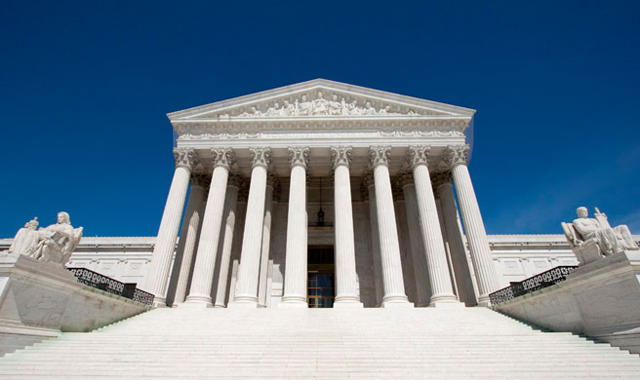Dentistry and the Federal Government
As the population of untreated dental disease continues to expand, along with more focused attention being paid to the oral-systemic link, dentistry will find itself in cross-hairs to increase access and reduce disease.

The total number of people living in low-income working families now stands at 47.5 million, including 23.5 million children. This total will reach 50 million in a few years and is roughly equal to the combined population of the states of California, Oregon and Washington.
According to the American Dental Association’s Health Policy Institute, 20 percent of low-income adults believe their mouths and teeth are in poor condition which is about 10 million people.
Across the U.S., about 108 million people have no dental insurance - and even those that do struggle to get care have limited access because of the high cost of co-pays or local dentists do not take Medicaid.
Medicaid has some of the lowest reimbursements rates for dental services paying less than 41 percent of average charges. About four in 10 dentists accept Medicaid, and even then, it is usually on an extremely limited basis. More than 50 million Americans live in areas where it’s difficult to find dentists, according to the U.S. Health Resources and Services Administration. And this population is growing as well.
As the population of untreated dental disease continues to expand, along with more focused attention being paid to the oral-systemic link, dentistry will find itself in cross-hairs to increase access and reduce disease. The voices to address untreated dental disease and its impact on the cost and severity of chronic diseases and prenatal issues will grow louder and louder.
Dentistry, anchored in the old for-profit, high-utilization, fix-and-repair context will be confronted with a problem it can no longer address by kicking the can down the road.
When a social problem is not addressed, unfortunately it falls into the hands of politicians. What follows are regulations and mandates-and, given the amount of state and federal funding for dental school, as well as credentialing for licensing, government influence will increase. You saw what happened with OSHA, HIPPA and the drug licensing via the FDA. You don’t think that will happen with expanding access to people in need?
Trending article: Supreme Court dental regulatory board case examines federal antitrust laws
My prediction is the stand that dentistry has taken that only licensed dentists can own dental practices will soon be interpreted as a monopoly. Congress, their subcommittees, the Federal Trade Commission and Health and Human Services will see the growing cost of untreated dental disease. The Federal Government will act to break up the monopoly of “dentists only” owning dental practices – rationalizing the more competition, the lower the costs, leading to greater access. Once that barrier is broken, non-dental ownership of group practices will explode.
Dentistry will blame the government for its intrusion and actions. Dentistry will fault their professional organizations for not doing something to protect their interests. But blame and fault are the antithesis of responsibility, and that is what is missing from dentistry to address this growing issue.